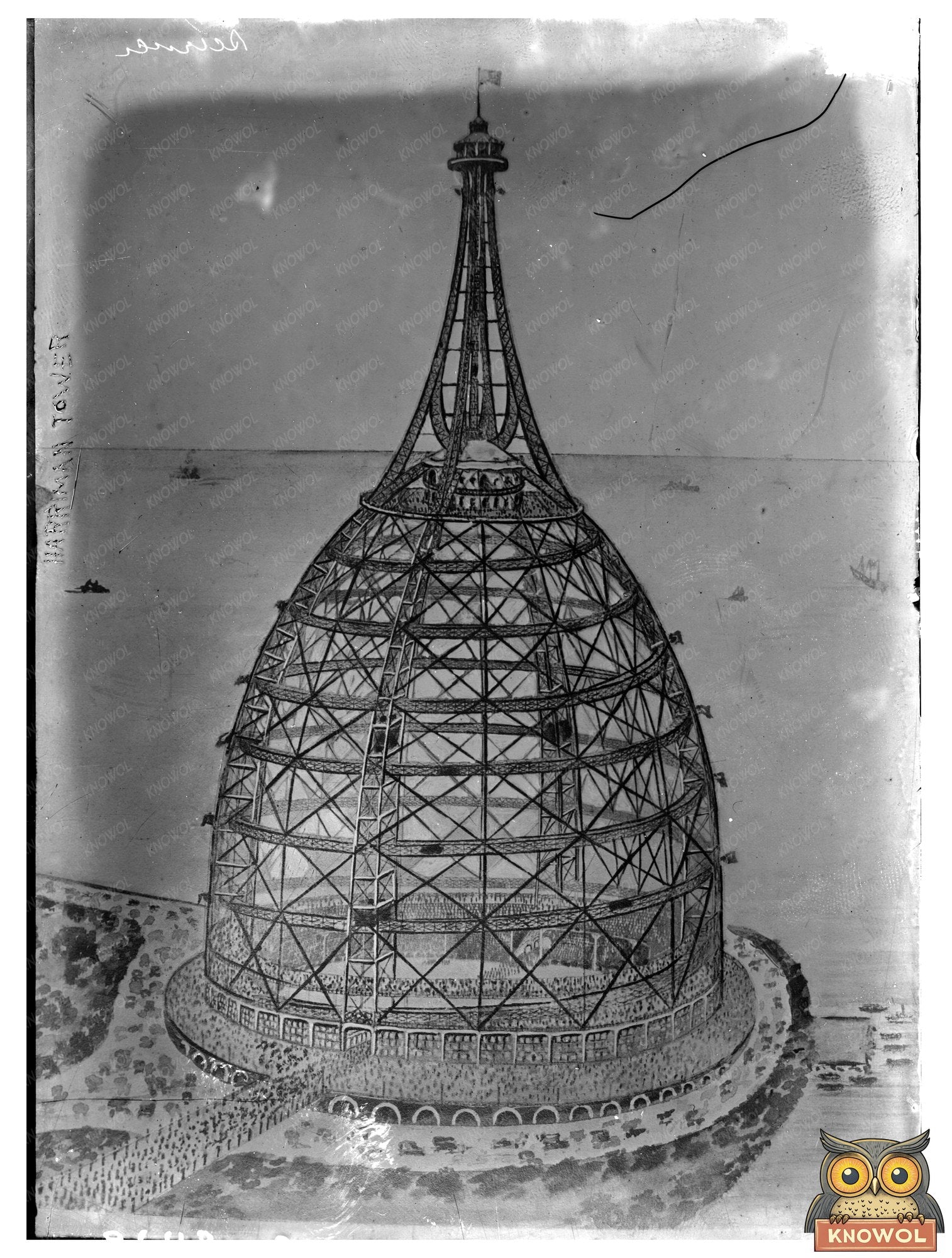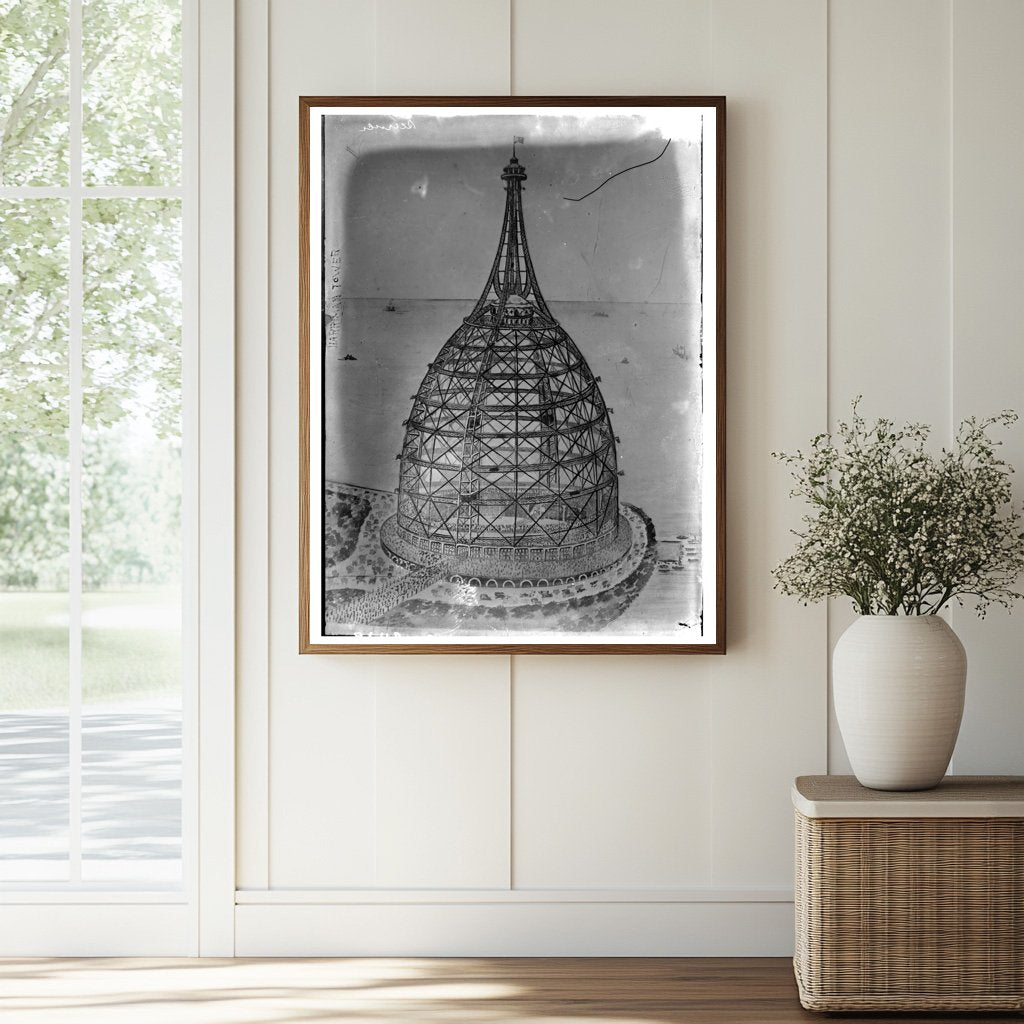


Historic Harriman Tower: Iconic NYC Landmark (1910s)
Harriman Tower, captured in this photograph between 1910 and 1915, stands as a landmark of architectural significance in New York City. Located on the Upper West Side at Riverside Drive, the tower was part of the larger Riverside Park development, which transformed the area into a vibrant urban space. Designed to reflect the Beaux-Arts style, Harriman Tower was celebrated for its ornate features, including intricately detailed facades that showcased the craftsmanship and design ideals of the early 20th century.
The structure owes its name to E.H. Harriman, a prominent railroad magnate, who played a crucial role in the development of American railroads and the evolution of urban spaces during this era. His influence extended beyond railroads, impacting metropolitan life and culture. As cities expanded, buildings like Harriman Tower were instrumental in shaping the skyline and offering residential options that catered to the citys growing population. The photograph provides a glimpse into an era of transition and progress, reflecting the architectural trends and urban planning that characterized early 1900s New York.
Preserved through time, this image not only documents the physical presence of Harriman Tower but also encapsulates the broader narrative of urban development in America. The early 20th century was a period marked by architectural innovation, and structures like this tower played a pivotal role in defining the identity of New York City. Understanding such landmarks allows us to appreciate the connection between history and the urban landscape we navigate today.

Historic Harriman Tower: Iconic NYC Landmark (1910s)
